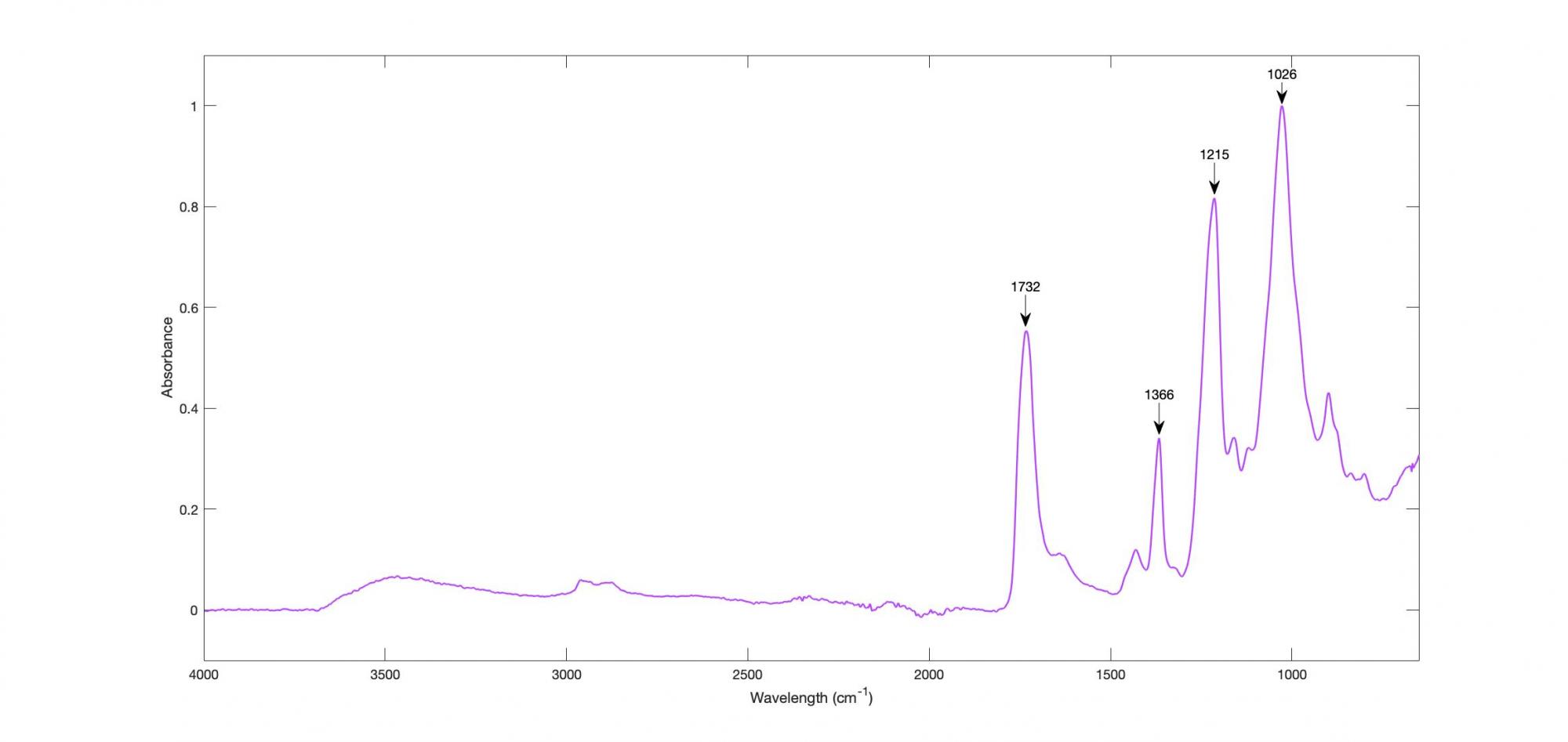Acetate; cellulose diacetate; cellulose acetate

Inventors (of manufacturing process): Charles Frederick Cross (1855–1935) and Edward John Bevan (1856–1921)
Patented: 1894
Commercially available from: 1921, British Celanese, UK
Trade names: Celanese; Seraceta; Fortisan; Chromspun; Estron
Commonly used starting materials: cotton linters and later wood pulp derived from pine trees and spruce, most recently bamboo. For a simplified visual explanation of the process from starting materials to usable fibre please go to Fibre conversion processes: acetate rayon.
Principal characteristics: soft and warm handle with a smooth surface; drapes well; does not shrink; quick drying but unstable in high heat; moth resistant; low tensile strength and weaker when wet; unsuitable for garments which are subject to hard wear; vulnerable to mould in high humidity.
Principal uses: in the 1920s and 1930s popular for women’s woven and knitted underwear, blouses and sweaters. Today promoted as a luxury fibre, widely used as a silk substitute for satins and taffeta because of its lustrous surface. More body and better draping qualities than viscose rayon, making it popular for dress and lining materials.
Environmental impact: the wood pulp may be sourced from forests which are not managed sustainably, and from endangered ancient forests. Bamboo is often grown as a monocrop harming the local ecosystem.
Care and signs of degradation: so far observation leads us to believe it is a relatively stable fibre. Because it attracts water, it is vulnerable to mould in damp conditions, thus relative humidity should not exceed 70%. Must be laundered with care either by hand-washing or dry cleaning. Acetate rayon garments disintegrate when heated in a dryer.
Recyclable? Yes, by mechanical recycling. Chemical recycling is potentially possible.
Biodegradable? Cellulose is biodegradable, however the rate at which cellulose acetate biodegrades is affected by the degree of acetylation of the cellulose during its manufacture and the environment in which the process takes place.
Potential narratives:
- The importance of semi and fully synthetic fibres to the underwear and nightwear industries.
- Development of different types of viscose fibres.
Documented garment exemplars:
- Dress of hand-painted woven viscose rayon and acetate rayon - see 1930s and 1940s
- Teddy slip of woven Celanese acetate rayon - see 1930s and 1940s
- Hugh Walker Collection woman’s suit of woven viscose rayon lined with acetate rayon - see 1950 to circa 1960
